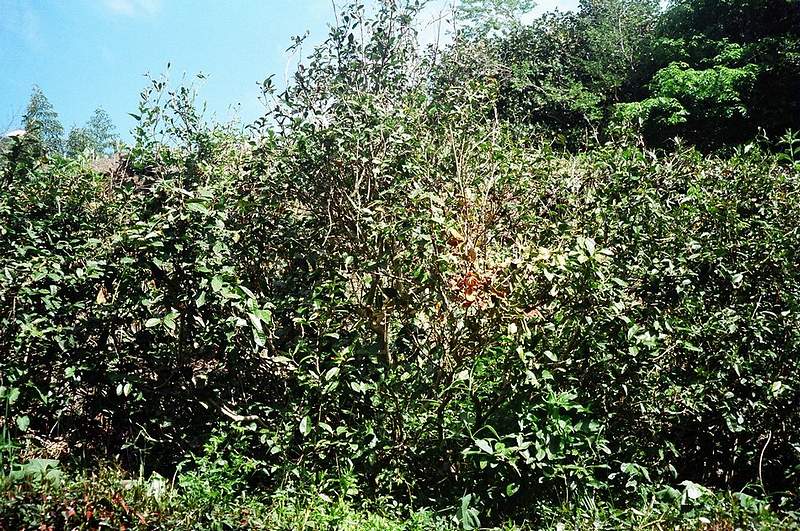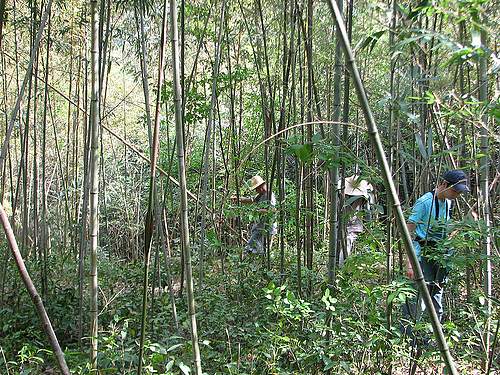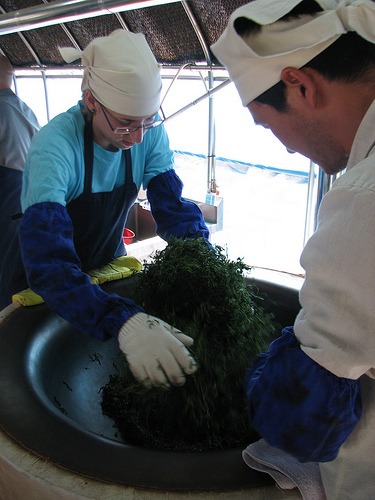
|
The Venerable Ilta, who had reached a
very high state of enlightenment, used to spend the summer in
Gucheung-am hermitage. Unlike Ssanggye-sa, there were no disputes with
married monks at Hwaeom-sa. There might be occasional visitors, but it
was very quiet and perfect for meditation. Gucheung-am thus served as a
meditation room, and although it lay only a few steps directly behind
the great hall of the main temple, it was silent as though it was
somewhere deep in the mountain, unlike the main temple. The halls and living quarters in Gucheung-am, like the great hall of the main temple, were some four hundred years old. They were very unlike the humble rooms monks usually lived in, rather they seemed fit to be visited and inhabited by the great Mountain Spirit. In addition, there was the sound of streams flowing close by, while the quince trees beside the steps to the Hall blossomed. These were wild quince trees, that had long flourished in Jiri-san. When they had grown tall and old, they were cut and used as timber, with several gnarled trunks serving at Gucheung-am as pillars supporting the roofs. (From a text written by Jeong Chan-ju) |




